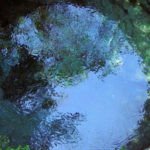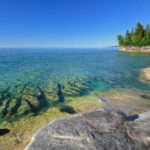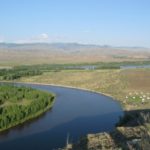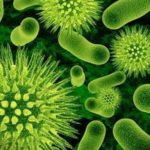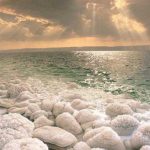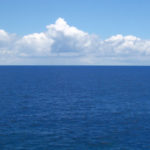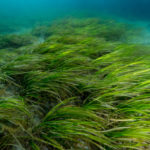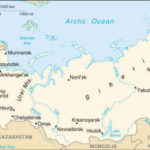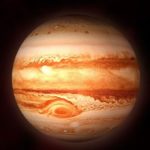Interesting facts about the hydrosphere
 Such a comprehensive concept, like the hydrosphere, broadly unites in general all the water on the planet, in whatever form it may be, from solid to gaseous. On Earth, for example, there is much more water than land, therefore our hydrosphere is very diverse, and it has not yet been thoroughly studied. However, this is even a plus – the scientists of the future will have something to do.
Such a comprehensive concept, like the hydrosphere, broadly unites in general all the water on the planet, in whatever form it may be, from solid to gaseous. On Earth, for example, there is much more water than land, therefore our hydrosphere is very diverse, and it has not yet been thoroughly studied. However, this is even a plus – the scientists of the future will have something to do.
There is much more water in the world than it seems – huge underground rivers flow at a depth of dozens of kilometers deep in the continental plate.
On Earth, the hydrosphere accounts for about 0.00025% of the total mass.
About 71% of the entire earth’s surface falls on the ocean surface. They constitute a large part of the Earth’s hydrosphere (see interesting facts about the seas and oceans).
The average depth of the surface hydrosphere on our planet reaches 3.8 km.
The total mass of the Earth’s hydrosphere is 275 times greater than the mass of the atmosphere.
More than 96% of the entire hydrosphere is accounted for by the saline waters of the seas and oceans. All the rest is rivers, lakes and other water in a liquid state.
In hydrology, 5 different aggregative states of liquid water and 14 different ice states are distinguished.
In the earth’s hydrosphere in a dissolved form contains about 8 trillion tons of oxygen.
The first life on Earth originated in the hydrosphere. Already then, after millions of years, the first organisms got out of the water on land.
Water contained in glaciers, permafrost and snow is usually not attributed to the hydrosphere, making it a separate concept – the cryosphere.

